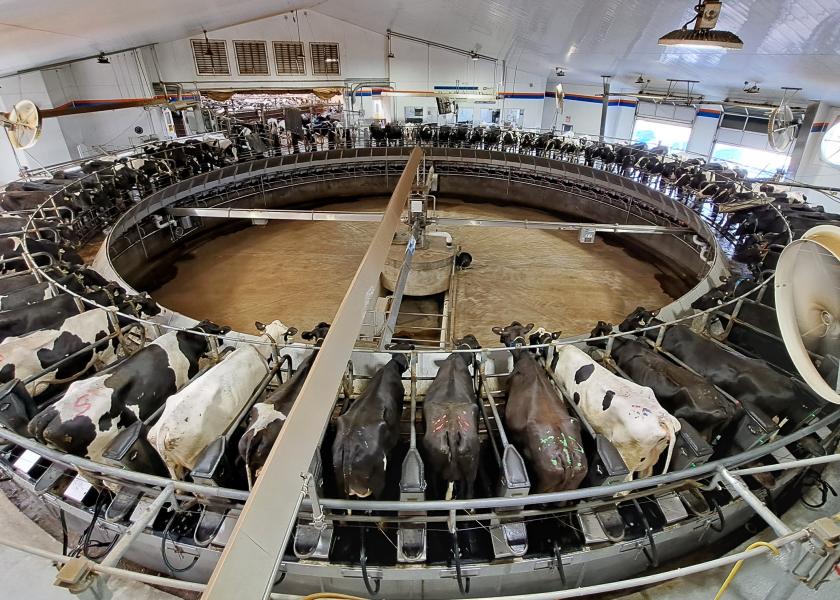U.S. Milk Production Report Illustrates 44,000 Fewer Cows Year-Over-Year

Milk production in the 24 major States during November totaled 17.3 billion lbs., representing a decline of 0.5% from November 2022. October’s revised production, at 17.9 billion lbs., was down 0.6% from October 2022. The October revision represented a decrease of 37 million lbs., or 0.2% from last month's preliminary production estimate. Production per cow in the 24 major States averaged 1,948 lbs. for November, 3 lbs. below November 2022.
The number of milk cows on farms in the 24 major States was 8.90 million head, 26,000 head less than in November 2022, and 9,000 head less than in October 2023. The number of milk cows on farms in the U.S. was 9.36 million head, 44,000 head less year-over-year and 10,000 head less than in October 2023.
The number of milk cows on farms in the 50 states was 9.36 million head, 44,000 head less than in November 2022, and 10,000 head less than in October 2023.
According to Phil Plourd, president of Ever.Ag Insights, given that dairy cow slaughter has been running below average since late summer, the continued decline in cow numbers reflects tighter heifer and cow supplies.
“With cow numbers down 44,000 head year-over-year, it’s hard to see milk production getting a lot stronger over the near-to-intermediate-term,” he says.
Plourd poses the question, ‘Will output in the Southwest find its footing as we get past bad weather and into easier comps?’
Two states accounted for most of the production decline. New Mexico dropped 56 million lbs. from last year with 27,000 fewer cows. California declined 55 million lbs. with 11,000 fewer cows. Texas was down 30 million lbs. and 18,000 cows. Pennsylvania’s production per cow fell 20 lbs., leading to a drop of 11 million lbs. of milk, although cow numbers only declined by 1,000 head.
On the plus side of the ledger, South Dakota jumped 24 million lbs. and 13,000 cows. Michigan increased by 18 million lbs. with 8,000 more cows. Arizona added 6,000 cows and 14 million lbs. of milk while Ohio posted an 11-million-lb. production gain with 5,000 more cows.







